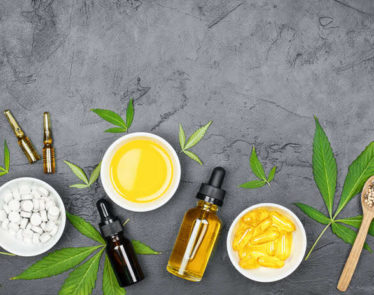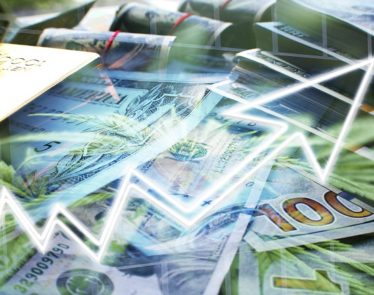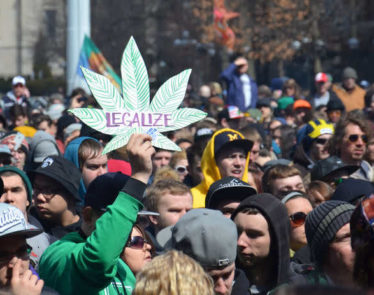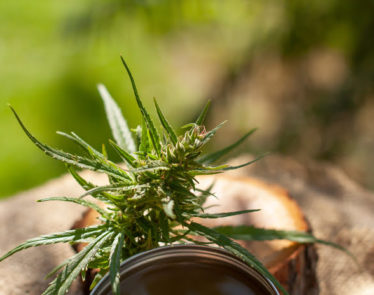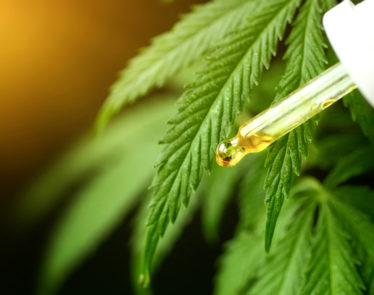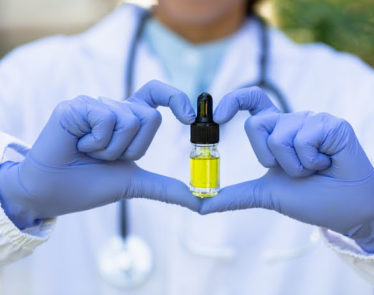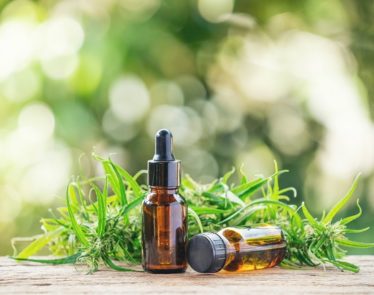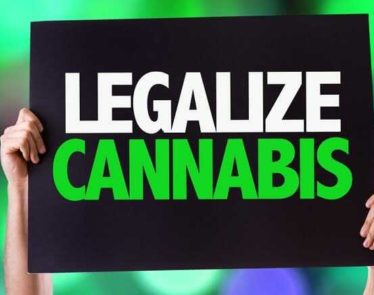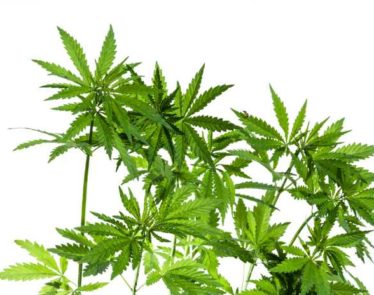
Understanding what CBD Schedule 1 is means understanding two things; first, what is CBD? And second, what is 'Schedule 1' and what does it mean in relation to CBD?
Let's dig in.
PART 1: Understanding the Legal Classifications Around Cannabis
The legal classifications surrounding cannabis can be confusing. Most of us are aware that in the US, cannabis of any kind is illegal at the federal level.
Marijuana and Hemp

Cannabis is a species of plant that has two main types—marijuana and hemp. Though in the same species, these both differ in chemical makeup, which we will cover in Part 2 below. Because they are members of the same cannabis family, cousins if you will, both marijuana and hemp have been given the same classification in terms of legality.
This means that all products made from or utilizing properties of marijuana are completely illegal at the federal level. This was the same for hemp up until very recently when the US Senate, House of Representatives, and President Trump passed the 2018 Farm Bill.
We will go into detail on this below.
State Level vs. Federal Level
It's important to know the difference between legality at the State level and at the Federal level. This is because at the State level, cannabis legality varies. Why? Because States have the right to dictate their own laws on cannabis use within their jurisdiction. For example, California has made recreational and medical cannabis completely legal, as has Nevada. However, Michigan allows only medical use, and Texas follows Federal rule by banning use completely.
So when we talk about CBD Schedule 1, we mean the classification given to cannabis and all relative substances under Federal law and not State law.
CBD Schedule 1: What is a Schedule?
In the US, classifications called 'Schedules' are given to substances to determine the amount of control that should be placed on them. When determining an appropriate schedule for a substance, the Government takes into account certain factors such as addiction, danger, psychosis effect, bodily effect, etc.
Schedules range from 1 to 5, with Schedule 1 consisting of the most 'dangerous' of substances, and Schedule 5 being the least.
For example, a Schedule 5 drug likens to something like cough syrup, a medicine that does not have high abuse potential and is deemed relatively harmless. On the other hand, heroin is placed in Schedule 1.
CBD Schedule 1
Until recently, cannabidiol, or CBD, was a Schedule 1 drug under US federal law. CBD is a property found within the cannabis plant—we will go into detail on this in Part 2.
Cannabidiol was placed in the most restrictive class of controlled substances. Schedule 1 drugs are considered highly addictive and of no medical value. As a result, there are limitations on their use for medical purposes, and they are greatly restricted and closely monitored by the US Drug Enforcement Administration (DEA).
So simply put, when we talk about CBD Schedule 1, we are talking about this strict control the US Government has placed on this property of the cannabis plant.
CBD Rescheduled
However, this changed on September 27th, 2018, when the DEA made CBD a Schedule 5 drug.

The agency rescheduled the cannabis property from Schedule 1 all the way down to Schedule 5. The move was considered momentous for CBD producers and marked the first time the agency lowered any type of cannabis from Schedule 1.
Schedule 5 substances are not only considered harmless, but they are also free for general use in business, recreation, medicine, and research.
The declassification from Schedule 1 also suggested that the DEA recognized that the cannabis plant through its properties, specifically CBD, has medical value.
So while this was good news, there was still one big problem; procuring the CBD. There are only two places you can get it from, hemp or marijuana, and both of those were still considered illegal under Federal law.
Farm Bill 2018
However, all of this changes with the 2018 Farm Bill, which was officially signed in on December 20th, 2018 by President Trump.
This legislation recognizes the difference between hemp and marijuana and allows industrial hemp to be legally farmable under federal law. This means that CBD-producing hemp will be able to be legally grown all over America and CBD can be produced and used in products. This market is set to explode in 2019, with predictions that it will be worth $22 billion USD by 2022.
Marijuana, on the other hand, still remains completely illegal under Federal law and this is because of one very vital difference between these two cousins, which we will now take a look at.
>> Read More about Marijuana Legalization
PART 2: CBD Schedule 1 | What is CBD?
Let's look at CBD first. In layman's terms, CBD, or to use its full title, cannabidiol, is a compound found within the cannabis plant. CBD is one of 113 identified cannabinoids present in all cannabis species. This means it is found within the two most common cannabis species—marijuana and hemp.
Because of the psychoactive effects marijuana has on the brain, it has been classed as a Schedule 1 drug. It is highly controlled and illegal at the federal level across the USA.

However, despite the fact that the chemical makeup of marijuana and hemp differs (marijuana gets you high, hemp does not), they are both members of the same species called cannabis. So unfortunately for hemp advocates, hemp also has been classed as a Schedule 1 substance simply because it falls under the species 'cannabis.'
This has meant that utilizing the CBD within hemp has been limited despite the beneficial properties of the compound.
CBD is known and used for its health benefits and relaxation properties. When used to its full potential it has been known to treat complicated illnesses such as rare forms of epilepsy and anxiety. The benefits of CBD are vast and include the following:
- An aid in bone regeneration;
- An antipsychotic;
- An anti-inflammatory;
- A mood regulator;
- A memory stimulant;
- A blood sugar regulator;
- A painkiller;
- As a help in sustaining metabolic function;
- As an immuno-modulator via stimulating the endocannabinoid system;
- And with managing internal homeostasis.
THC
CBD is one reason why we use cannabis. But there is another reason—and that's cannabis's other property called THC. This is the psychoactive component that gives us the 'high' effect when smoking marijuana. THC's effect on the brain is what puts marijuana under the controlled substance act in the US. And this is where 'schedules' come in.
THC is present in hemp, but at such minute levels, it has no psychological effect on the brain.
In hemp, the typical level of THC found is 0.3%. Marijuana, on the other hand, has an abundance of THC, usually with concentrations between 15–40%. This is why using marijuana "gets you high" but hemp does not.
Because cannabis is classed as a Schedule 1 drug, marijuana and hemp are classed as a Schedule 1 drug. This means CBD has been indirectly classed as a Schedule 1 substance as well—up until recently, that is.
So there you have all you need to know about CBD Schedule 1 and what it means! No longer Schedule 1 anymore though; it's time to start looking up CBD Schedule 5!
Featured Image: Depositphotos © Omstudio





